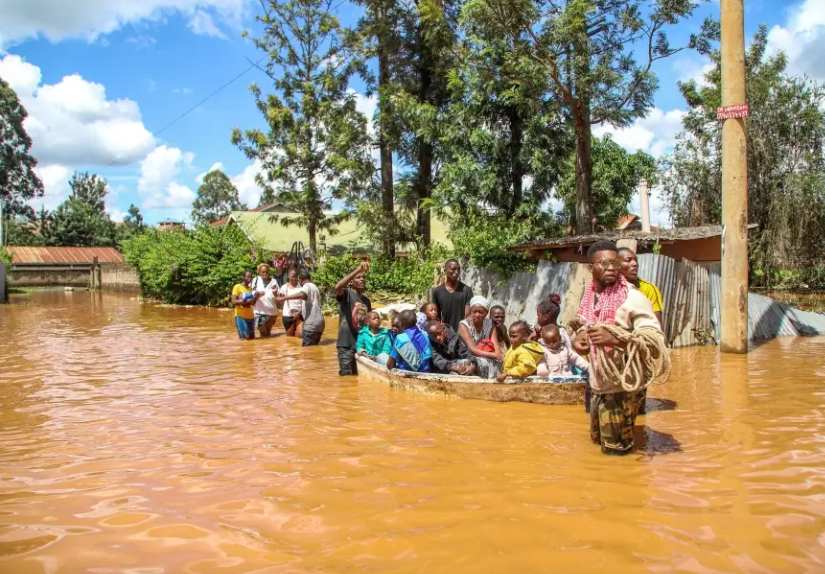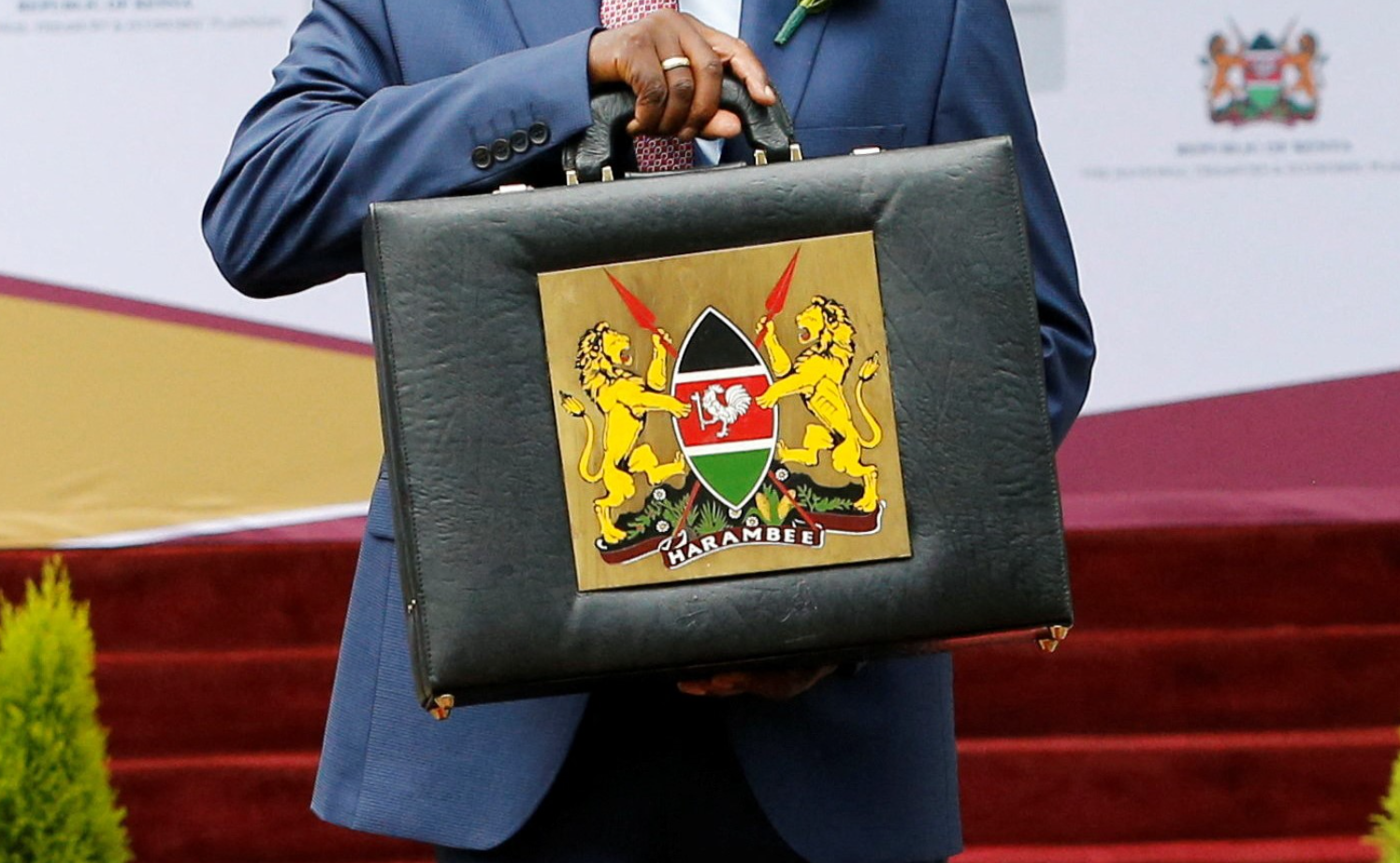With the ongoing torrential rain and floods causing the deaths of hundreds of people, ruining infrastructure, and sweeping away farmlands, Kenya is preparing for a potential shortage of food.
Kenya and its neighbors, Tanzania, Uganda, Burundi, and Rwanda, have been experiencing rainfall stronger than usual due to the El Nino.
The raging floods have swept away villages and buildings, and now residents in those countries should prepare for more hardships.
Kenya, especially, has bore the brunt of the rain and floods. So far, according to President William Ruto, at least 210 people have lost their lives.
According to government data, by the end of April, over 4000 heads of cattle have died. Additionally, an estimated 28,000 acres of farmland have been destroyed by the floods. In more alarming news, nearly 300 small businesses in the country have also felt the wrath of the torrential rain.
The government has sprung into action and set up temporary camps for the displaced people.
Cases of conflict over grazing land amongst the pastoral communities hard hit by the flooding are also on the rise as people jostle for scant resources.
Kenyans have also been warned about animals such as Crocodiles and Hippos, as they are likely to be in the flooded areas.
Some aquatic animals have escaped their enclosures in museums and national parks.
The floods have destroyed water sanitation plants and waste disposal systems, leading to fears that water-borne diseases could break out.
For example, the 2019 floods caused by El Nino led to a cholera outbreak.
The floods have also led to the formation of pools of stagnant water. Such pools offer an ideal environment for mosquitoes to breed and could cause a malaria outbreak.
According to health officials, even before the rain started pouring, the East African countries were already grappling with malaria and measles outbreaks.
Tanzania, the leading producer of food in the region, has already recorded a significant dip in productivity.
In addition to disease outbreaks and a looming food shortage, the torrential rain has caused massive damage to roads and bridges. As a result, many areas are now totally inaccessible.
The adverse weather patterns have also led to a spike in mental illnesses, as many people try to come to terms with the deaths of loved ones, loss of livelihood, and their possessions getting lost in the floods.













